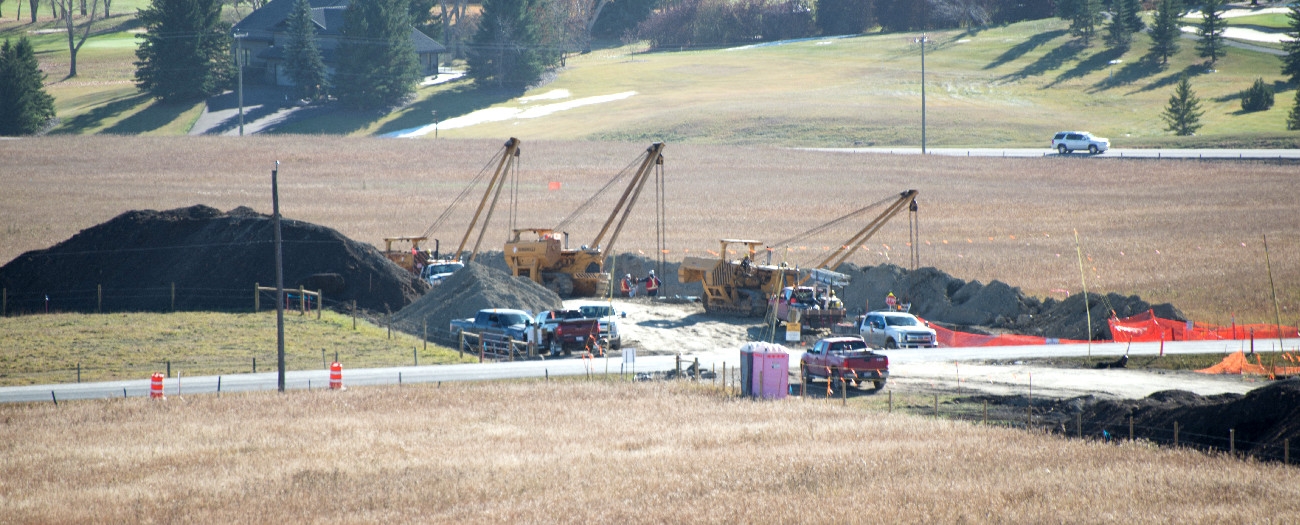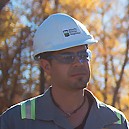How one AER inspector gets to the nitty gritty of pipeline construction
Alberta - January 07, 2018Our inspections are very thorough and that’s what Albertans should expect from us as a regulator. We work well with industry to make sure things are done right in order to protect the public and the environment.
Phil Didow, AER field inspector
Ask any field inspector what they like about their job and you’ll likely get a similar response: working with industry folks who just “get it.”
This past fall, Phil Didow, an Alberta Energy Regulator (AER) field inspector out of the Midnapore Field Centre, spent an afternoon inspecting an ATCO Gas and Pipelines Ltd. project in southwest Calgary. The initiative is one of the company’s largest utility pipeline replacement and upgrade projects.
The project will surround the entire city of Calgary with a new natural gas pipeline network that will modernize the system and add capacity to meet Calgarians’ growing demand for natural gas.
“I have a good relationship with these guys. They know what we require from them, and for the most part they deliver. It’s not like we are trying to make things difficult for them—we are just doing our jobs, in the same way that they’re doing their jobs,” says Didow of the ATCO crew on this project—a group who get it.
The AER is not responsible for overseeing maintenance and development of provincial utility lines, although it does have a memorandum of understanding with the Alberta Utilities Commission (AUC) to inspect pipelines and respond to incidents on the AUC’s behalf.
While physically inspecting the pipeline is a critical part of the exercise, Didow notes that there is also a lot of work that goes on behind the scenes. AER inspectors spend many hours reviewing pipeline data, reports, and records before the inspection day. During the inspection, AER staff ask questions and converse with workers while observing the work—taking notes and snapping photos.
“Nothing is more valuable than a photo in this line of work. A picture is worth a thousand words,” he adds.
Each inspection is unique. On this day, Didow inspected 45 separate AER requirements related to pipeline construction. A report detailing the findings was then submitted to the company.
“Our inspections are very thorough, and that’s what Albertans should expect from us as a regulator. We work well with industry to make sure things are done right in order to protect the public and the environment. And when they’re not done right, we educate industry on our requirements and ensure it is corrected to our satisfaction,” adds Didow.
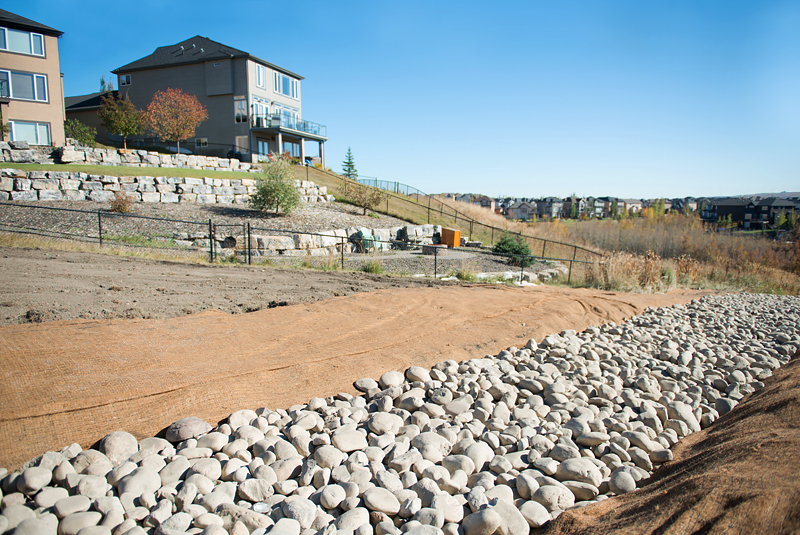
This intermittent drainage was reclaimed after the pipeline was installed. The brown cocoa matting surrounding the stone ensures that rainwater doesn’t erode the banks.
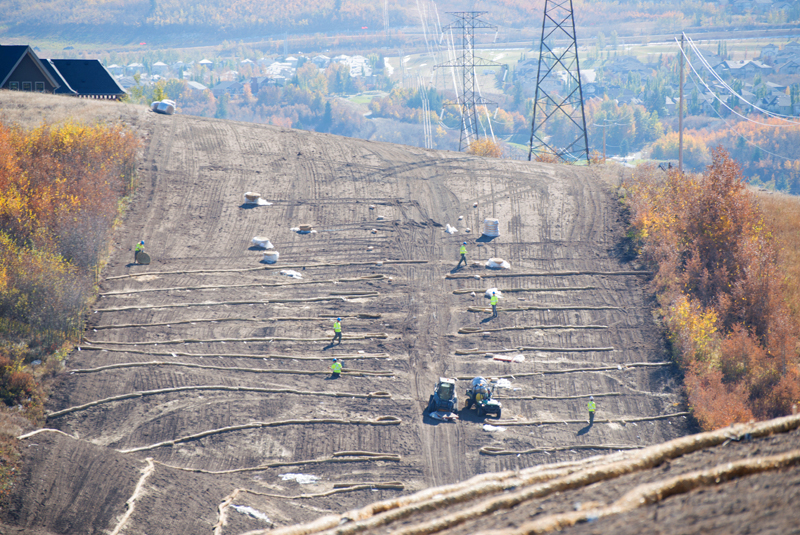
The pipeline right-of-way is starting to be reclaimed. Crews lay spools of hay to prevent erosion and ensure the slopes’ integrity is maintained.
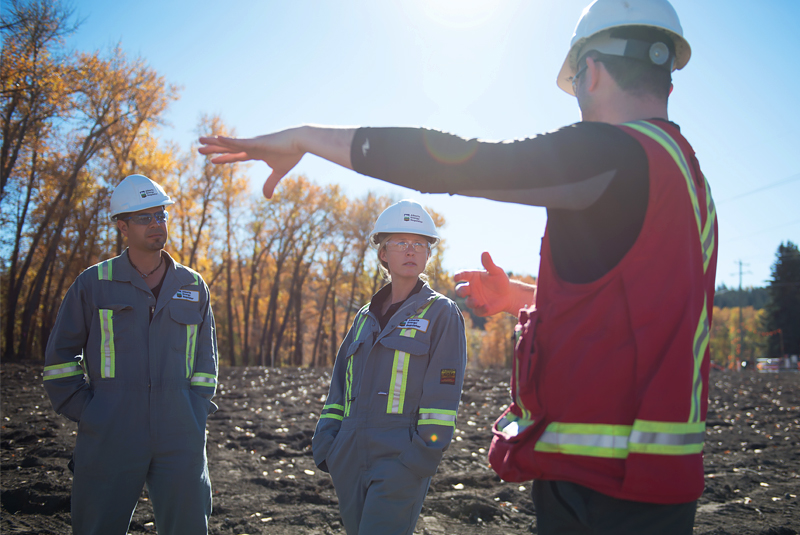
An ATCO representative explains how they isolated a side channel of the Bow River prior to pipeline ditching.
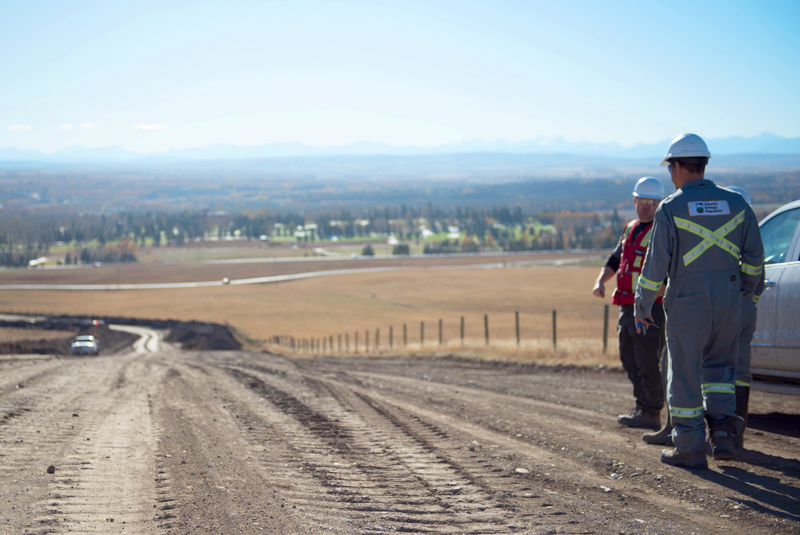
The reclaimed right-of-way, after pipeline installation.
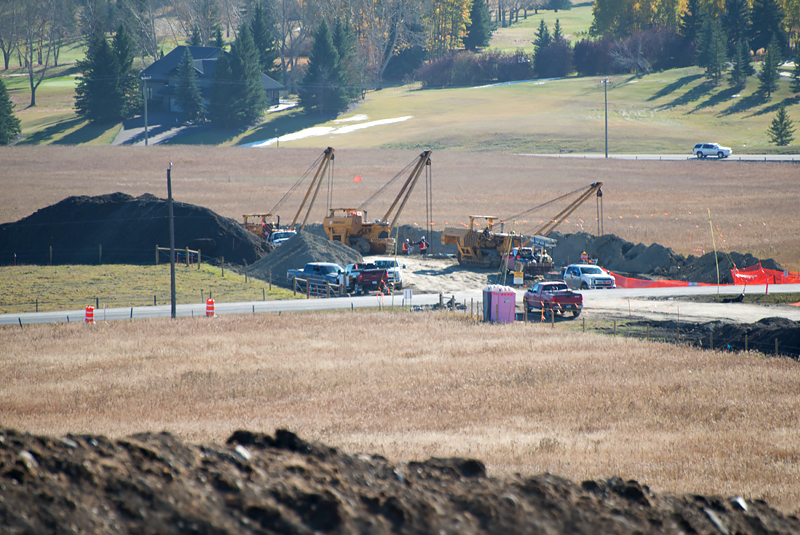
ATCO crews laying the pipe.
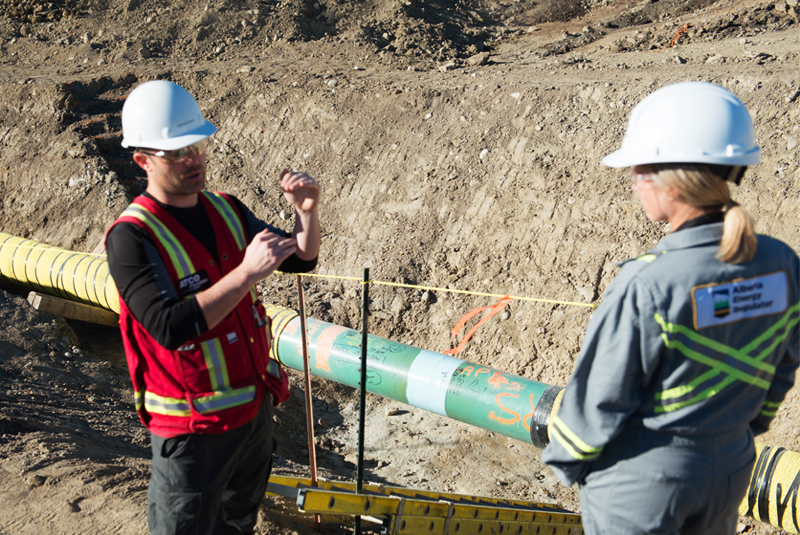
An ATCO represenative explains that special fill is needed to cradle the pipe as it sits in the ditch. The thickness and type of fill is important as it protects the pipe from the surrounding native ground which is very rocky and could damge the pipe if not properly protected.
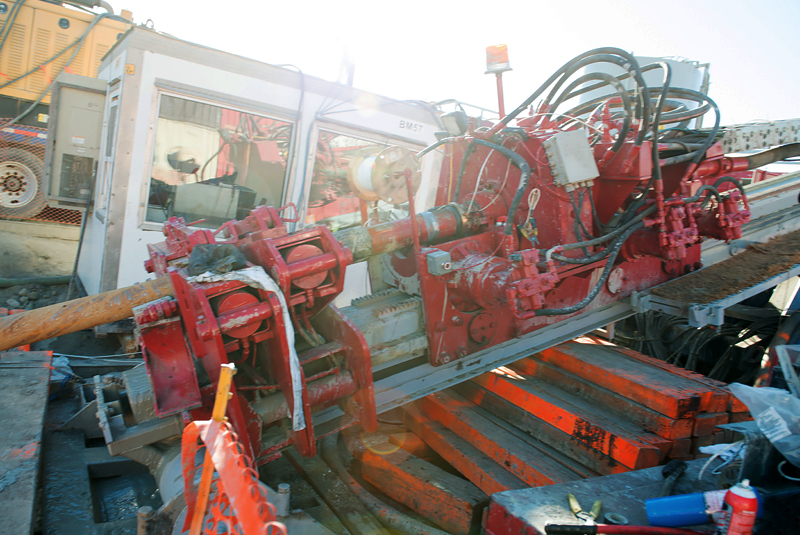
Horizontal directional drilling rig boring under 69th St. SW in Calgary.
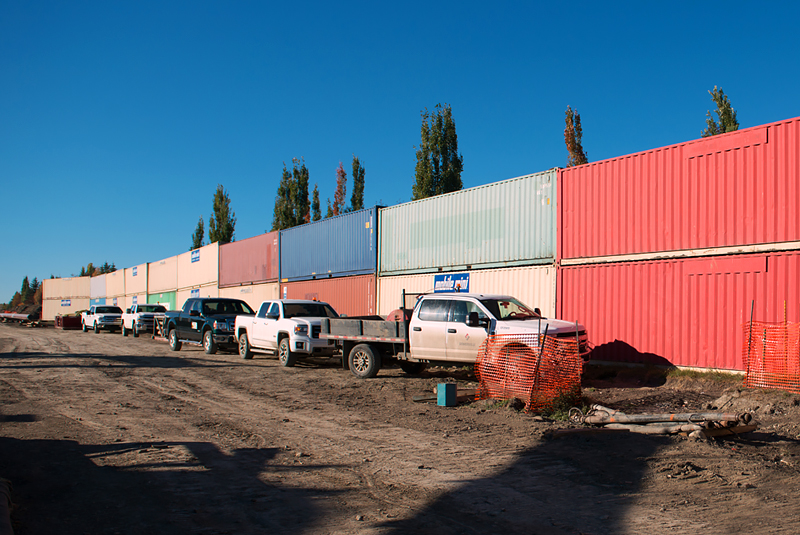
Shipping containers are used to insulate the noise of the drills in the heavy residential area.
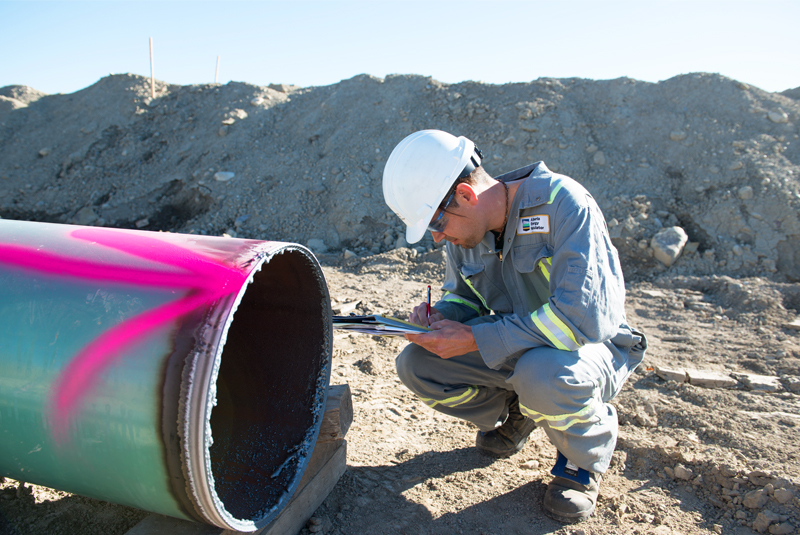
Didow determines if Atco has inspected the pipe’s coating according to AER requirements or not.
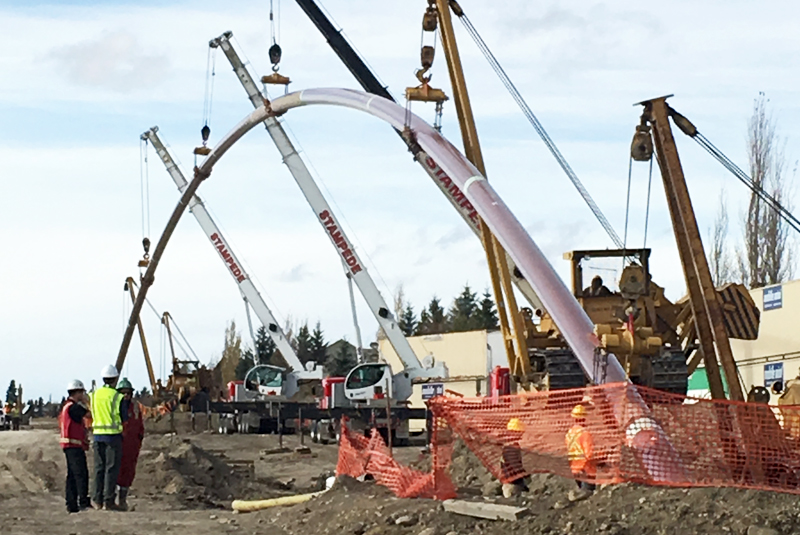
A section of pipeline is hoisted high in the air to accommodate the angle needed to enter the horizontal bore hole without causing undue stress on the pipe.
Kate Bowering, Writer
Luke Spencer, Digital Media


